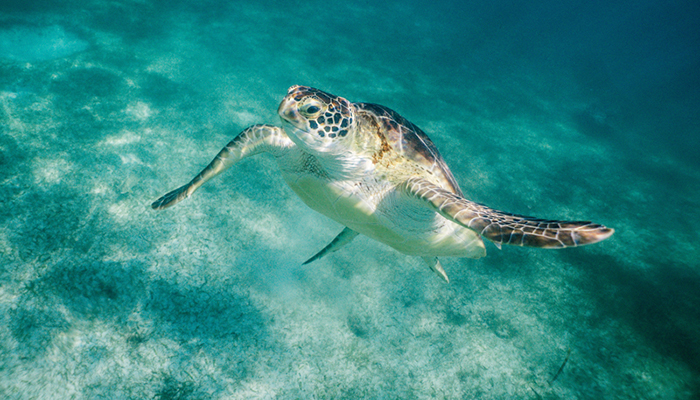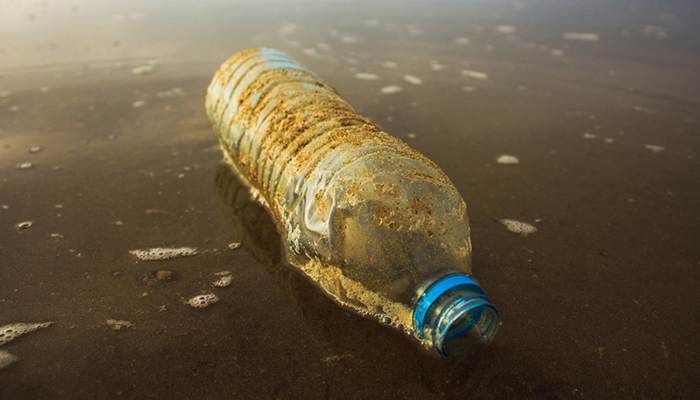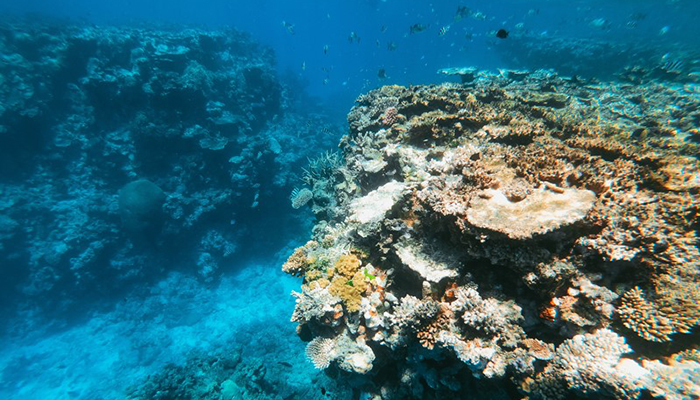March 3rd celebrates World Wildlife Day, a day created by the UN to raise awareness for the endangered flora and fauna in this beautiful world. This year, World Wildlife Day has been given the theme: “Life below water: for people and planet”. Chosen to raise awareness about how we can sustainably manage the critical issues marine species are encountering, the day also highlights the importance of conserving this environment to support our human existence now and for future generations.

We’ve known for years the threats these marine species have been experiencing. On this day, up to 40% of the ocean is being affected by overfishing, pollution, and invasive species resulting in loss of habitats and diminishing a number of species.
The news is constantly flooded with the negativity surrounding this topic but it’s not an over-exaggeration. The survival of these species isn’t the only thing threatened as a result of this, our survival is also at risk.

Every second breath we take is thanks to the ocean producing more than 50% of the earth’s oxygen. We rely on that one significant fact alone to survive.
After providing food for half of the world’s population, regulating our climate and absorbing a third of carbon dioxide released into the air, we still take the seven seas for granted. Before they can even recover properly, we’re exhausting the ocean’s resources.
Instead of becoming overwhelmed and feeling helpless about this situation, it’s possible you as an individual can contribute to improving the health of the deep blue, in turn, improving
ours as well.

What can I do?
Organize a documentary viewing
Not everyone may be as informed as you are about the negative impact currently taking place in our seas. Celebrate World Wildlife Day by organizing a night in with your friends. Better yet, make an event out of it and involve your local community to raise awareness for the environment. This is a great way to educate and inspire a new audience to encourage them to make a change as well. An event
is also beneficial to networking with like-minded individuals to collaborate on larger projects in the future.
Donate in a way you can
A donation doesn’t necessarily mean giving money. You can often find volunteering opportunities with wildlife organizations and zoos. If you’re short for time, find an organization you’re passionate about
and send financial support their way, they’ll forever be grateful.
Take a Donor Trip
If you’re already making donations, take a journey and connect with the people and environment you’ve been so generous to support. A Donor Trip is the best way to see firsthand the extraordinary work your money is doing. Bring your friends, colleagues, or family to share with them your motivations for supporting this cause.
Our team has been organizing site visits for over 10 years creating meaningful relationships between donors and non-profits. To avoid “mission drift” we take care of all the details from creating itineraries which highlight your cause, the paperwork, in-country services from ground transport to accommodation, and of
course collaborations with local networks.

Buy consciously
To directly help protect marine animals, avoid buying food, jewelry, home décor and traditional Asian medicines which are illegally sourced from protected wildlife. Research and consume sustainable seafood to help reduce overfishing, and avoid buying items with packaging to lessen landfill and the amount of
recycling which needs processing.
Speak up
If you have any information about suspicious activity you’ve seen concerning illegal logging, fishing or wildlife trafficking, speak up and contact the authorities.

Share the word
Talk to your friends and family, whether in person or on social media, to help make a positive change.
Share this article with them so they too can take actions towards helping our oceans.
To support World Wildlife Day, remember to use the hashtags #WorldWildlifeDay, #LifeBelowWater, #PeopleAndPlanet, #WWD2019, #DoOneThingToday, and #MarineSpecies.
